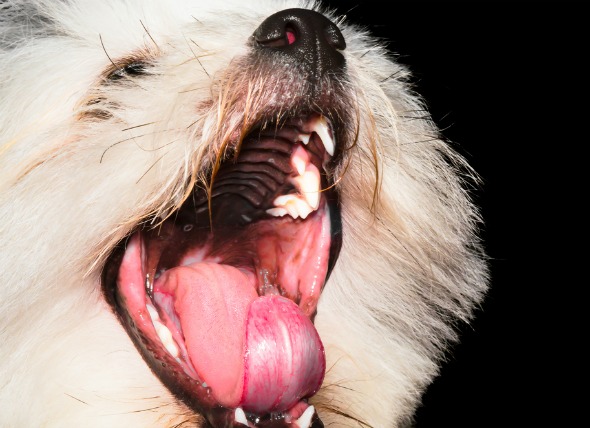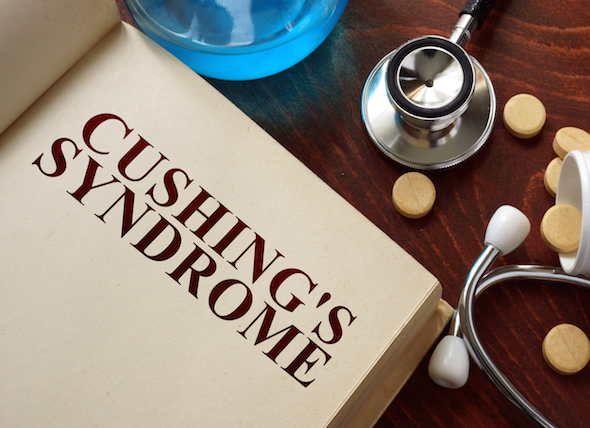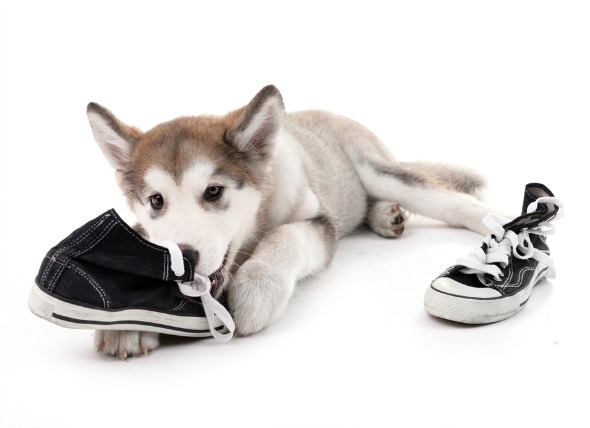

Collie eye anomaly, also referred to as collie eye defect, is an inherited congenital condition. The chromosomes that determine the development of the eyes are mutated, so that the choroid (the collection of blood vessels that absorb scattered light and nourish the retina) is underdeveloped. The mutation can also result in other defects in the eye with more severe consequences, such as retinal detachment. When this mutation does occur, it is always in both eyes, although it might be more severe in one eye than the other. Approximately 70 to 97 percent of rough and smooth collies in the United States and Great Britain are affected, and approximately 68 percent of rough collies in Sweden are affected. Border Collies are also affected, but at a much lower two to three percent. It is also seen in Australian Shepherds, Shetland Sheepdogs, Lancashire Heelers, and other herding dogs.
While a veterinarian can determine through genetic analysis whether your dog has this defect, there may be no symptoms, until the onset of blindness signals you to the problem. There are stages of this disease, some more obvious that others, that lead up to the final outcome. Some associated conditions that may occur with this defect are microphthalmia, where the eyeballs are noticeably smaller than normal; enophthalmia, where the eyeballs are abnormally sunken in their sockets; anterior corneal stromal mineralization -- that is, the connective tissue of the cornea (the transparent coat at the front of the eye) has become mineralized, and shows as a cloud over the eyes; and an effect that is less obvious on inspection, retinal folds, where two layers of the retina do not form together properly.
The cause of collie eye anomaly is a defect in chromosome 37. It only occurs in animals that have a parent, or parents, that carry the genetic mutation. The parents may not be affected by the mutation, and may therefore not have been diagnosed with the abnormality, but offspring can be affected, especially when both parents carry the mutation. It is also suspected that other genes may be involved, which would explain why the disorder is severe in some collies and so mild that it causes no symptoms in another.
Your veterinarian will conduct a thorough examination of the eyes to determine the extent of the defect. This can be done when your dog is still a puppy, ans is recommended. Retinal detachment is most common in the first year, and can be prevented or minimized if it is caught early on. Consult with your veterinarian about your dog’s vision. If the disease is diagnosed, it will not be expected to worsen initially unless there is a coloboma -- a hole in the lens, choroid, retina, iris, or optic disc. A coloboma may be small and have very little effect on vision, or it can be a larger hole that takes away too much of the eye structure and leads to partial or full blindness, or to retinal detachment. A coloboma, if found, will need to be carefully monitored by your veterinarian. Some patients with a minor defect may develop pigment across the affected area but will appear normal. For this reason, early examination of your collie (or herd dog) in the first six to eight weeks of life is highly recommended.
This condition cannot be reversed. However, for certain defects such as a coloboma, surgery can sometimes be employed to minimize the effects of the disorder. Laser surgery is one method your veterinarian may suggest. Cryosurgery, which utilizes extreme cold to destroy unwanted cell or tissue, is another option for preventing retinal detachment or further deterioration. In some cases, surgery may even be used to help reattach the retina.
If there is a coloboma, your dog should be monitored carefully during the first year of life for signs of retinal detachment; after a year, retinal detachments rarely occur.
As to prevention, there is no way to prevent the occurrence once pregnancy has taken place. The only way to eliminate the trait is to not breed dogs that have the chromosomal defect. At the same time, breeding minimally affected dogs to other minimally affected or carrier dogs may result in minimally affected offspring. However, any level of severity can be produced by such breedings. Breeding of more severely affected dogs is highly likely to produce severely affected offspring.
One study looked at 8,204 rough collies in Sweden over an eight year period (76 percent of all collies registered in Sweden) and found that breeders tended to select against dogs with colobomas but continued to breed dogs with the defective chromosome. From 1989 to 1997, the strategy resulted in a significant increase in the occurrence of the defective chromosome, going from 54 to 68 percent, and the prevalence of colobomas increased as well, rising from 8.3 percent to 8.5 percent. Another side effect is that litter size significantly decreased when at least one of the parents was affected with a coloboma.
 Thyroid Hormone Deficiency in Dogs
Hypothyroidism in Dogs
The thyroid gland is an es
Thyroid Hormone Deficiency in Dogs
Hypothyroidism in Dogs
The thyroid gland is an es
 Pneumonia (Aspiration) in Dogs
Pneumonia from Inhalation of Foreign Matter in Dogs
&nbs
Pneumonia (Aspiration) in Dogs
Pneumonia from Inhalation of Foreign Matter in Dogs
&nbs
 Cushing's Disease in Dogs
Hyperadrenocorticism in Dogs
The endocrine system
Cushing's Disease in Dogs
Hyperadrenocorticism in Dogs
The endocrine system
 Bone Inflammation (Hypertrophic Osteodystrophy) in Puppies
Hypertrophic Osteodystrophy in Puppies
Hypertroph
Bone Inflammation (Hypertrophic Osteodystrophy) in Puppies
Hypertrophic Osteodystrophy in Puppies
Hypertroph
 Jumping, Chewing, Playbiting, and Other Destructive Behavior Problems in Puppies, Young Dogs
Pediatric Behavior Problems in Dogs
Undesirable b
Jumping, Chewing, Playbiting, and Other Destructive Behavior Problems in Puppies, Young Dogs
Pediatric Behavior Problems in Dogs
Undesirable b
Copyright © 2005-2016 Pet Information All Rights Reserved
Contact us: www162date@outlook.com